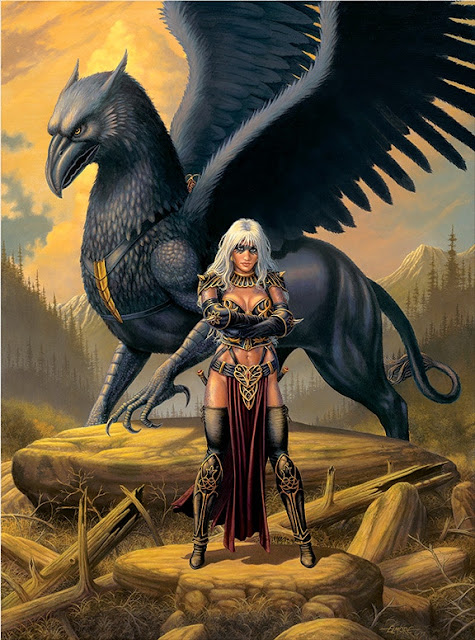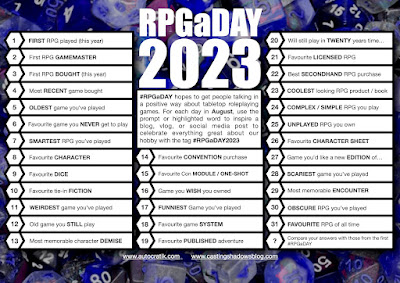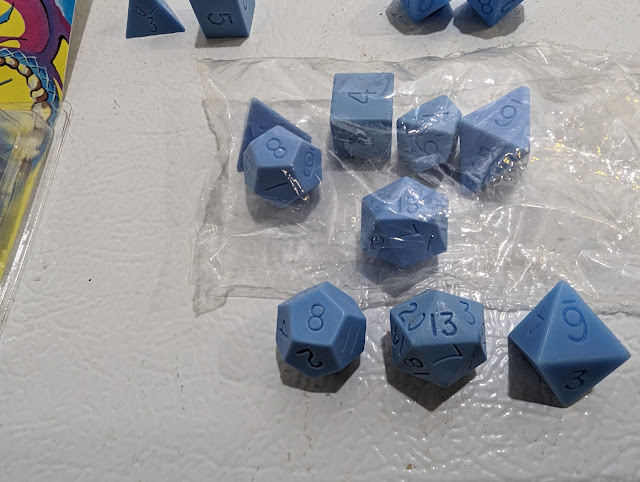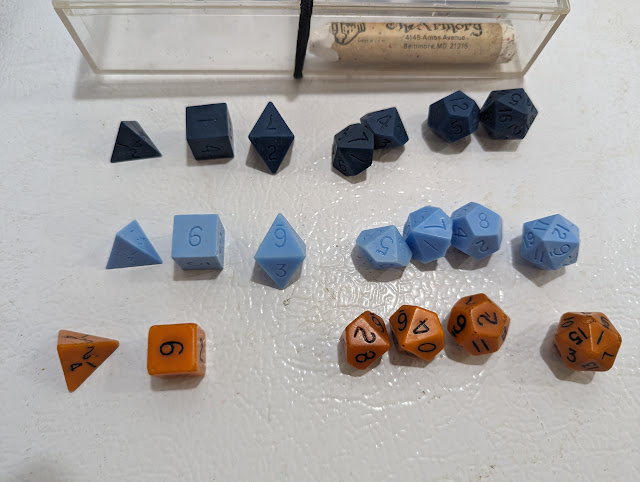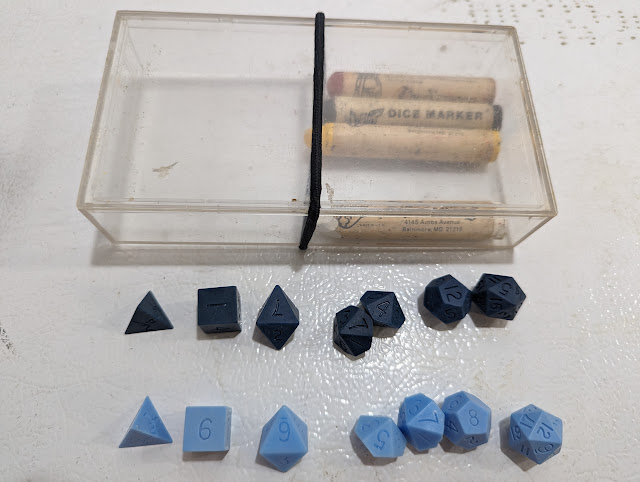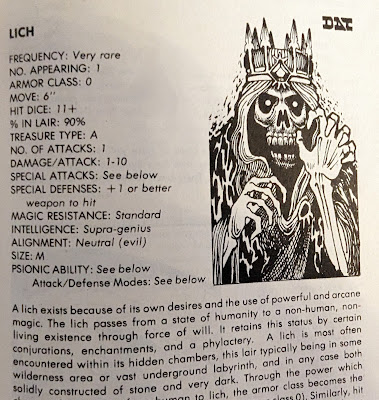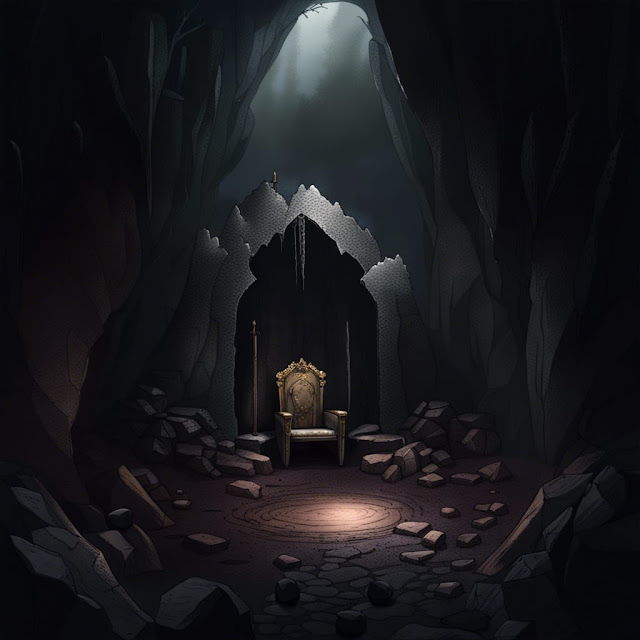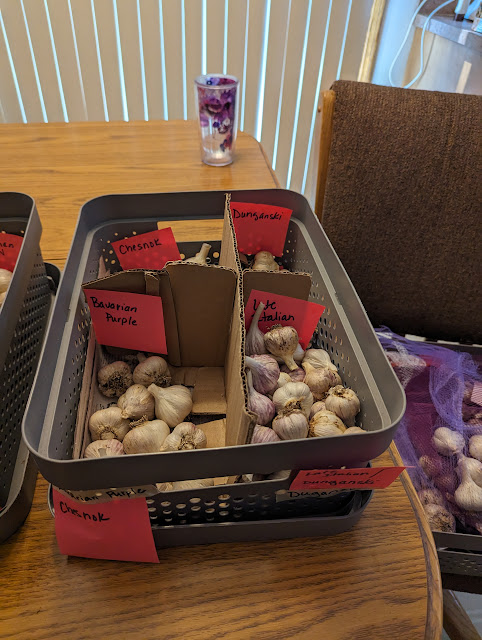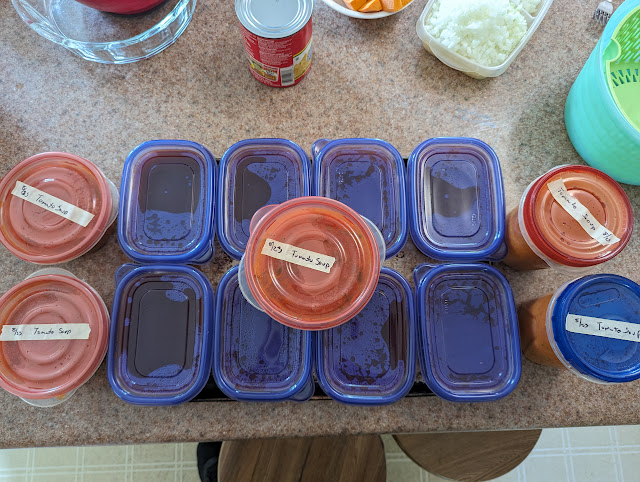Escape to New York
 With Everyday Heroes, publisher Evil Genius Games did for Dungeons & Dragons, Fifth Edition in 2202 what d20 Modern did for Dungeons & Dragons, Third Edition in 2002. That is, facilitate and handle roleplaying in the here and now, in the world we see outside our windows, on our television screens, and at the cinema. It went even further though by doing something not actually included in the rulebook. This is providing access to a number of source and scenario supplements all based upon a surprising range of films. In fact, a range of films which nobody expected to see turned into roleplaying material despite their popularity in the hobby. These consist of The Crow™ Cinematic Adventure, Escape From New York™ Cinematic Adventure, Highlander Cinematic Adventure, Kong: Skull Island Cinematic Adventure, Pacific Rim Cinematic Adventure, and Total Recall Cinematic Adventure. These showcase at least, what Everyday Heroes can do and are, equally, six good reasons to play Everyday Heroes. Each entry in this Cinematic Adventure series draws on the core film it is based upon as well as extra source material, to provide background material for the setting, new options for Player Characters, advice for the Game Master, and a full-length adventure, ready to play.
With Everyday Heroes, publisher Evil Genius Games did for Dungeons & Dragons, Fifth Edition in 2202 what d20 Modern did for Dungeons & Dragons, Third Edition in 2002. That is, facilitate and handle roleplaying in the here and now, in the world we see outside our windows, on our television screens, and at the cinema. It went even further though by doing something not actually included in the rulebook. This is providing access to a number of source and scenario supplements all based upon a surprising range of films. In fact, a range of films which nobody expected to see turned into roleplaying material despite their popularity in the hobby. These consist of The Crow™ Cinematic Adventure, Escape From New York™ Cinematic Adventure, Highlander Cinematic Adventure, Kong: Skull Island Cinematic Adventure, Pacific Rim Cinematic Adventure, and Total Recall Cinematic Adventure. These showcase at least, what Everyday Heroes can do and are, equally, six good reasons to play Everyday Heroes. Each entry in this Cinematic Adventure series draws on the core film it is based upon as well as extra source material, to provide background material for the setting, new options for Player Characters, advice for the Game Master, and a full-length adventure, ready to play.Escape From New York™ Cinematic Adventure is the second cinematic adventure sourcebook for Everyday Heroes. It is based on the 1981 film directed by John Carpenter, in which a convicted criminal has to rescue the president of the USA from the maximum security prison that the prisoner is about to be incarcerated in and get out again in order to save the world. The prison is the whole of Manhattan Island, the convicted criminal is decorated war hero turned cynical criminal Snake Plissken, and once you go into New York Max, you never come out again. The film combines fantastic world-building, radical anti-authoritarian themes, and hard-bitten cynicism in a post-apocalyptical setting of a late seventies style New York left to fend for itself. Plus, it has to be said, a really rather good soundtrack. However, the film leaves the Escape From New York™ Cinematic Adventure with a problem. This is that there simply is not enough information in the film to build a world, so the authors have, for example, created a timeline that fits both the world and Snake Plissken’s background. In this, the supplement does draw upon the sequel, Escape from L.A., but that is extent to which the sequel is referenced. Thankfully.
Although the focus of the Escape From New York™ Cinematic Adventure is on the Manhattan of New York Max, it extrapolates a world in which successive Republican presidents intervene heavily in the Middle East, pushing the USA and the USSR into direct conflict with each other, though not a war. War is declared in 1987 when a disguised Soviet tanker explodes and unleashes the Reagent 18 nerve agent. It will kill millions, but many more are turned into psychopathic ‘crazies’ after exposure. There is no cure and when martial law is declared due to the subsequent unrest and the United States Police Force founded to deal with it, both the crazies and criminals beyond rehabilitation from across the USA are incarcerated in the newly established and blockaded New York Maximum Security Prison. This takes place a decade before the events of the film and the Escape From New York™ Cinematic Adventure fills in details here and there, pushing the timeline all the way to 2013 and the end of Escape from L.A. This gives plenty of room still for the Game Master add her own stories and details to the broadly drawn background.
This is supported by details of the US government, the United States Police Force (USPF), and the US military, plus two revolutionary groups—the Guiding Star Family and the National Liberation Front of America (it is the latter that triggers the events of Escape from New York), before moves on to describing New York Max. This covers everything from the levels of security around it and the economy—mostly barter, to the crazies and organisations in the prison. ‘A Number One’, of course, is The Duke, but there are numerous street gangs in the old city too. These are given thumbnail descriptions, as well as their colours and territories. Some of the gangs are more than the traditional idea of gangs—like those depicted in The Warriors—in New York. For example, the Hippies, of course, manufacture recreational drugs, the Flying Dragons are renowned as skilled tailors, the Broadway Boys promote the arts and culture, and the Nightshades have cleared parts of Central Park and its soil of Reagent 18 to grow food. There is good range and variety of gangs given here. A map of Manhattan is marked with their respective turfs along with notable locations of the island, including Broadway, the Empire State Building, and the World Trade Centre. Overall, it is not a huge amount of detail, but it is enough for the Game Master to work with and again, leaves room for her to add her own details.
The new Hero options in the Escape From New York™ Cinematic Adventure include a number of new Backgrounds and Professions. The former consists of Convict, Legend (such as Snake Plissken, despite the fact that everyone thinks he is dead), New York Native (like Cabbie in the film), and War Veteran like Bob Hauk in the film), whilst the latter consists of Nightshade Druid, Drug Cook, Fixer, Gang Soldier, Prison Gladiator, and Rat Catcher. Most suggest roles, like Nightshade Druid, a member of the Nightshades gang, on New York Max or why the character is there in terms of the crimes he committed. The Revolutionary Soldier and the USPGF Soldier lend themselves to other origins and explanations for why they are involved with the prison. Three Classes are given. The are the Gutter Rat, Motorhead, and Street Warrior. The Gutter Rat is an Agile Hero who uses a mixture of tricks, charm, lies, a certain slipperiness, and vicious attacks to get what he wants. For example, he has Play the Fool to distract others and Slippery which gives Advantage on checks to escape bonds and grapples, as well as Tricks such as Gloat and Hobbling Strike. The character of Romero, the lieutenant of The Duke, would be a Gutter Rat. The Motorhead is also an Agile Hero, but modeled on the character of Cabbie—as played by Ernest Borgnine. So the Class specialises in driving and piloting, in and out of combat, and his Motor Pool abilities include Daredevil Driver, Quick Fix, and Repo Man. His suggested equipment includes Molotov Cocktails! the Street Warrior is a Strong Hero and is essentially good at fighting, but not more than that. All three Classes are quite specialised, the Street Fighter in particular, but all fit the feel of the film.
As a then alternate future, the technology of Escape from New York looks and is clunky and this is embraced in the Escape From New York™ Cinematic Adventure. It notes the fact that firearms are rare in New York Max and many weapons are improvised or constructed from what was available, such as crossbows and spiked clubs. One notable inclusion is the Fun Gun, tranquiliser pistols firing darts loaded with designer drugs that cause confusion and euphoria in a target. Despite the lack of petrol, vehicles feature heavily in Escape from New York, leading to the possibility of vehicular combat using the rules from Everyday Heroes. The supplement gives a list of modifications such as body spikes, oil slick devices, and spike droppers which lend themselves to Car Wars or Mad Max style combat, for which the Motorhead Class would be very useful. And course, the list of modifications includes Decorations, so yes, you too, can mount chandeliers on your 1977 Cadillac Fleetwood Brougham if you want to. Which you do—and not just because they give the owner advantage on the first Charisma check in an encounter. Other equipment in the Escape From New York™ Cinematic Adventure includes details of Reagent 18, the Survival Pod used by President Harker to escape Airforce One, and the Vascular Explosive Shot implanted in Snake Plissken to force him to complete the mission.
The new rules are limited to adding Street Cred as a means of handling reputation and trade and the effects of Reagent 18 on the poor unfortunates who would become the crazies. For the Game Master there is advice and discussion of the themes to Escape from New York—the authoritarianism, anarchy versus freedom, street gangs, Science Fiction, and of course, New York itself. This is not in great depth, but it makes the point clear for each theme and it is supported by a series of scenario hooks and a three-act adventure. This is ‘Liberty lost’, a prequel to the film set in 1993 in which a team of five convicted criminals are about to be incarcerated onto New York Max, when they are pulled aside and given a mission which if completed successfully will grant them a presidential pardon each for their crimes. The mission is of course, against the clock. Revolutionaries of the National Liberation Front of America have infiltrated Liberty Island—the base for the USPF’s operations in maintaining the blockade of New York Max—and stolen the arming device for the nuclear bomb planted in the Statue of Liberty that is only meant to be detonated if the walls of the prison completely fail. The revolutionaries have fled on Manhattan Island and are threatening to detonate the bomb in twenty-four hours unless their demands are met. They are shot onto the island via a submarine and once on New York Max, must find their find and fight their way through crazies and gangs, assault the Empire State Building (because), and engage in a street race that is mostly to the death. It is a fairly tightly plotted scenario, but it is attempting to emulate the style of the film and it is to the sound of ticking clock, the countdown to the detonation of the nuclear bomb. The scenario makes use of the various elements and rules presented in the supplement, though only Romero from the film makes an appearance in the scenario. Thematically, the potential destruction of the Statue of Liberty illustrates the limits to which the authorities will go… There are notes too on running a shorter version of the scenario, possibly for a convention, but that would be to miss out on a lot of the fun of the action-packed adventure.
Lastly, ‘The Cast’ chapter provides stats and details of a variety of NPCs and more. They start off with the antagonists from the film including The Duke, President Harker, and Romero, though there are no stats for The Duke’s champion Slag, who is killed by Snake Plissken in a deathmatch. Although there are details for Bob Hauk, USPF commissioner and Rehme, the USPF captain, the Game Master is advised to use stats taken from the Everyday Heroes core rulebook. These are followed by the stats for various NPCs from the scenario, ‘Liberty lost’, then those from the cast of the film—Plissken, Cabbie, the Brain, and Maggie—and lastly, five pre-generated Player Characters for use with ‘Liberty lost’.
Physically, Escape From New York™ Cinematic Adventure is cleanly, tidily presented. Unfortunately, the sourcebook is not illustrated with images from the films and does not illustrate all of the characters from the film. Whilst the artwork instead of using photographs is serviceable enough, they are only approximations of the characters in the film.
The Escape From New York™ Cinematic Adventure is about as a close to a sourcebook for the film as is possible. That it is not more than this, is down to the lack of wider information and background about the setting than the fault of the authors. In fact, the authors have squeezed as much potential out of Escape from New York as they possibly could in the presenting the great world-building of the film and adding to it in order to make it gameable. This is definitely a gaming supplement for fans of Escape from New York and of eighties action and Science Fiction cinema.





